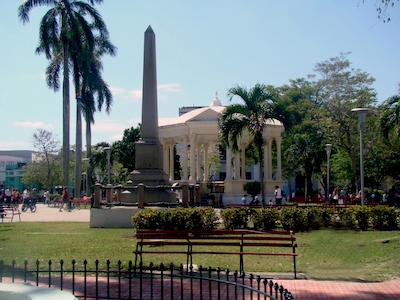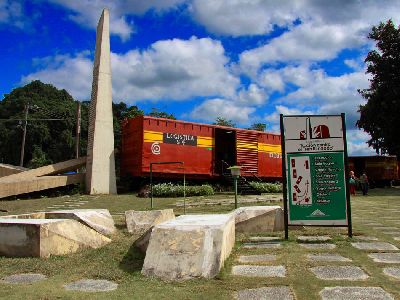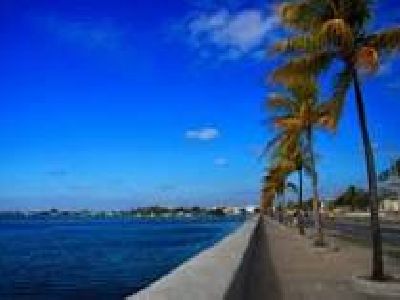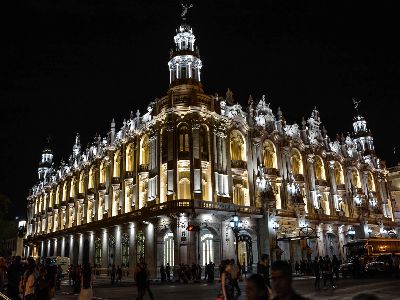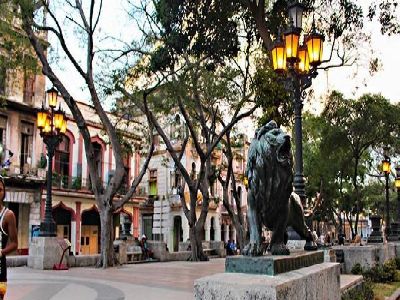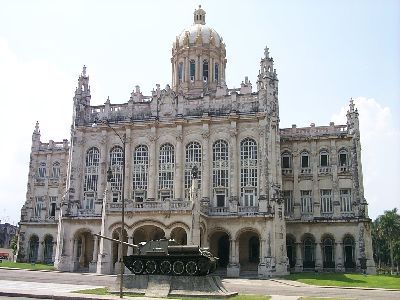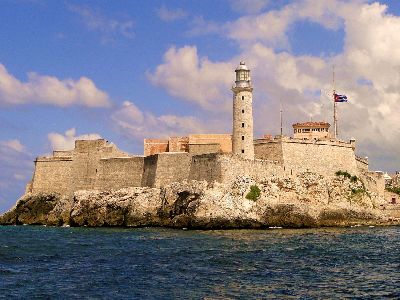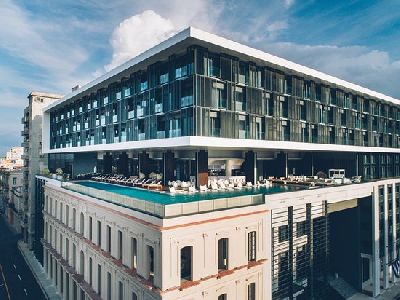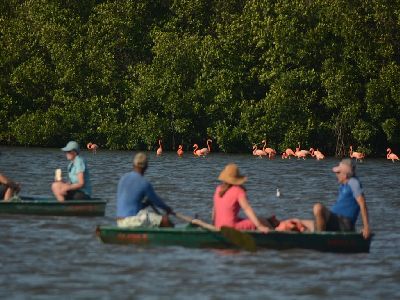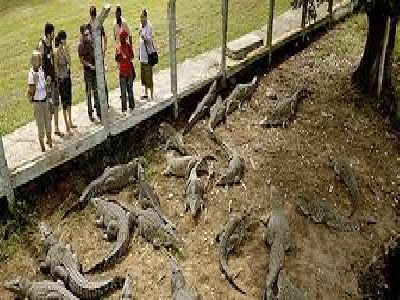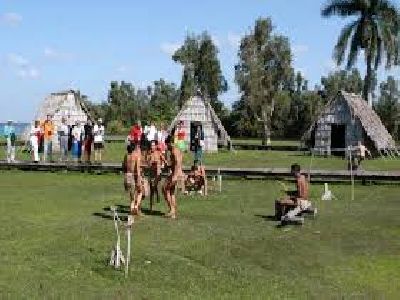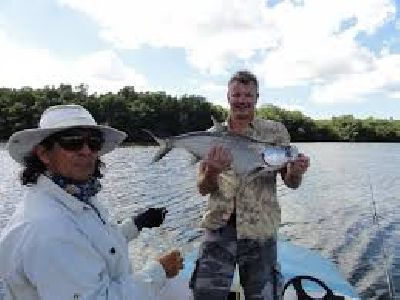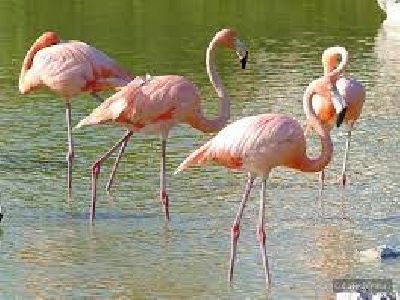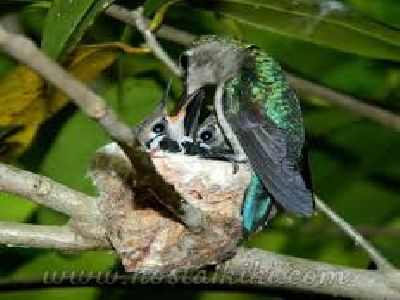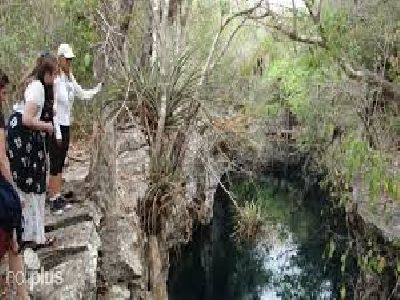Places
Parque Leoncio Vidal
Leoncio Vidal Park. Located in the Historic Center of the city of Santa Clara, Villa Clara, Cuba. It is a symbol of culture and identity of the people of Villa Clara. It has been a political scenario in revolutionary struggles.
On July 15, 1999, in commemoration of the 310th Anniversary of the founding of the city...
Monumento Tren Blindado
The Armored Train is a National Monument, a memorial park and a museum of the Cuban Revolution, located in the city of Santa Clara, Cuba. It was created in memory of the events of December 29, 1958, during the Battle of Santa Clara, by the Cuban sculptor José Delarra.
The monument is located in the Avenica Liberación in the neighborhood of Begonchea, near a level crossing. It is located between the Havana-Camagüey-Santiago railway line and the Cubanicay river. It consists of an open...
Malecón de Cienfuegos
The Malecón de Cienfuegos was built in the year 1930, it is one of the great and beautiful attractions of the city known as La Perla del Sur, declared by UNESCO a World Cultural Heritage Site.
It is a sailor's walk that begins in the Paseo El Prado and culminates in La Punta, in front of the Bay of Cienfuegos.
El Gran Teatro de La Habana “Alicia Alonso”
The Gran Teatro de La Habana "Alicia Alonso" On the populous avenue of Paseo de Martí or Paseo del Prado surrounded by the legendary Capitol of Havana, the Payret Cultural Center, Central Park and Hotel Inglaterra, is this emblematic construction El Gran Teatro of Havana "Alicia Alonso" that dates from 1838, architectural icon of the city.
Paseo del Prado
The Paseo del Prado is an avenue in Havana. On its north-south route it is located in the busy area of Old Havana and just one block from Calle Industria, which marks the border with Centro Habana, extends from the Fountain of India and the Plaza de la Fraternidad to Malecón.
It was built in 1772 under the colonial government of the Marquis de la Torre, Captain General of the island, which at the time was one of the most flourishing Spanish colonies in America. His first name was that of Alameda de Extramuros...
Museo de la Revolución
The Museum of the Revolution is housed in the former Presidential Palace, built between 1913 and 1920 and used by several presidents of Cuba. The Museum of the Revolution is inaugurated at the end of 1959, a majestic building of four floors of Ecléctico style of principles of the XX century, located in the interception of the streets Refugio and Colón with the Zulueta Avenue and Monserrate in the Historical Center of La Havana.
El Castillo del Morro
The Castle of the Three Kings of Morro, or "El Morro" as it is normally known, is the first fort that you will see when crossing under the tunnel of the Bay of Havana. Seated at the highest point of the narrow port of Havana,
El Morro. To contemplate it from the wall of the malecon is one of the greatest pleasures that can be enjoyed in life and it is the photo that is not missing in every trip to Havana.
In Havana, every day at 9 o'clock at night, there is a loud explosion: it is "El Cañonazo de las...
Hotel Iberostar Grand Packard
The Hotel Iberostar Grand Packard in Havana is located on the emblematic Paseo del Prado, very close to such iconic buildings as the Velasco Palace or the National Capitol.
It has exquisite rooms designed for a pleasant rest and exclusive services. Starting point to walk the streets of the historic center, admire the colonial architecture, vintage cars and the authenticity of the people.
Laguna de Guanaroca
The Guanaroca Lagoon is one of the most visited in Cienfuegos since it has a diversity of migratory birds and the tranquility of its beautiful water.
Criadero de Cocodrilos
The largest Crocodile Farm in the Cuban territory is located in the Laguna del Tesoro in the Ciénaga de Zapata where there is the largest wetland on the Island of Cuba.
It was created in the early 60's from the indiscriminate hunting of these. Creating the Crocodile Farm where some 1500 specimens were placed for reproduction.
This is one of the few sites in Cuba responsible for the protection, reproduction and commercialization of two of the existing species that are the Cuban crocodile and the American crocodile...
Aldea Taína
The Taino Village is located in the Laguna del Tesoro. Today is one of the main tourist sites in the country since hundreds of people come here every day, both Cuban and foreign.
It was created to represent as faithfully as possible the life of the Tainos, an aboriginal community of the island that developed villages from hunting, fishing and agriculture.
The site is separated from the mainland by 8 kilometers of fresh water and we see here 25 statues molded in mud and cement made by the artist Rita Longa, but...
Río Hatiguanico
This river is one of the main drainage routes of the Ciénaga de Zapata with depths that oscillate around 4 meters and a length of 29 km, in general it is formed by three tributaries: Río Negro, Guareira and Gonzalo that give rise to the Hatiguanico River , this is located at the western end of the Zapata Swamp and pours its waters to the Ensenada de la Broa.
On the banks of these rivers, very well preserved swamp and mangrove forests grow. The terrestrial fauna is conformed mainly by aquatic birds and in the navy stand...
Salinas de Brito
To fully enjoy the place you have to visit it in winter, when some 65 species of migratory birds arrive fleeing the cold, coming from the northern hemisphere of the planet.
From the north of the continent, the different species of migratory birds will remain in place for several months.
It is reached by means of a route created by José Brito Santos, a character remembered as a shady businessman, who occupied the area in 1948 and built precarious ponds to extract salt, placed railroad tracks to transport it and even an airstrip.
Immediately impacts the beauty of...
Observación de aves
Bird watching. It is done with little difficulty, by walking and using some abandoned forest roads, by vehicle you can get from the road to the entrance of the trail where it is guided by staff specialized in bird watching of the National Park.
The trail crosses a large strip of semideciduous and swamp forests that remain semi-flooded during the rainy season. On the way you can see up to 21 species of the 27 endemic species of Cuba such as Doves, Parrots, Woodpeckers, Sijúes, Cateyes and the Zunzuncito being this the smallest bird in the world.
Enigma de la Roca
Path Enigma of the Rocks. This Path is designed and signposted to travel a Coastal Speleological System called Sistema Espeleolacustre de Zapata with Cenotes or flooded Caves, bath in them, environmental interpretation, located on the coast very close to Playa Girón where it is possible to perform diving or snorkeling in said caves with crystal clear waters, in addition to the walk along the path of approximately 2 hours with clothes, light footwear and swimsuit.
Another excellent opportunity to enjoy the unique landscape values...
